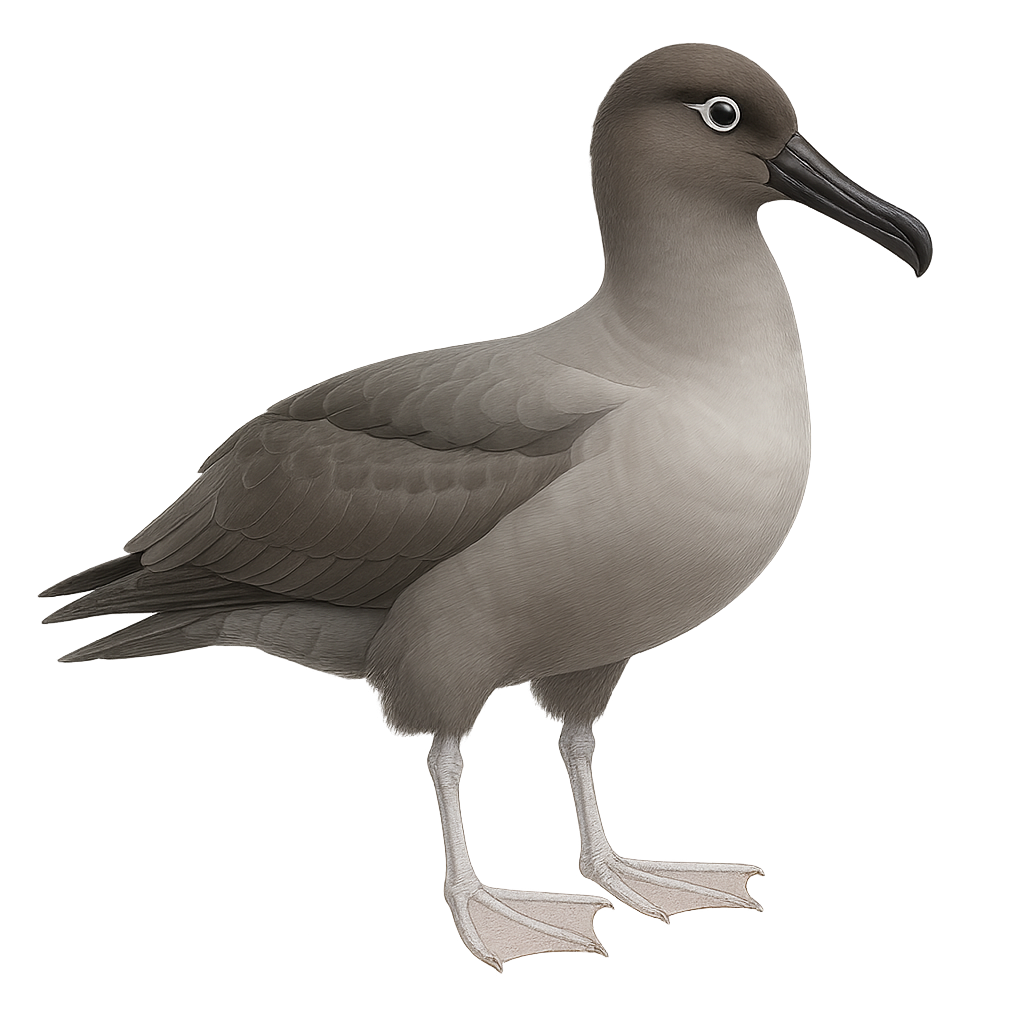Your wildlife photography guide.
Explore the light-mantled albatross in detail, study its behavior, prepare your shots.
Where to observe and photograph the light-mantled albatross in the wild
Learn where and when to spot the light-mantled albatross in the wild, how to identify the species based on distinctive features, and what natural environments it inhabits. The WildlifePhotographer app offers tailored photography tips that reflect the light-mantled albatross’s behavior, helping you capture better wildlife images. Explore the full species profile for key information including description, habitat, active periods, and approach techniques.
Light-mantled Albatross
Scientific name: Phoebetria palpebrata

IUCN Status: Near Threatened
Family: DIOMEDEIDAE
Group: Birds
Sensitivity to human approach: Suspicious
Minimum approach distance: 20 m
Courtship display: November to December
Incubation: 65-70 jours
Hatchings: January to March
Habitat:
Oceans, cliffs, subantarctic islands
Activity period :
Primarily active during the day, with peak activity in the morning and late afternoon.
Identification and description:
The Light-mantled Albatross, Phoebetria palpebrata, is an elegant and graceful seabird, easily recognizable by its dark plumage and lighter back. It has long, slender wings that allow it to glide over vast ocean distances. This albatross primarily nests on subantarctic islands, forming colonies on steep cliffs. It feeds mainly on fish, squid, and crustaceans, which it skillfully captures by diving into the water. Although its flight is majestic, it is often solitary at sea. Its population is currently stable, but it remains vulnerable to threats such as longline fishing and marine pollution.
Recommended lens:
400mm – adjust based on distance, desired framing (portrait or habitat), and approach conditions.
Photography tips:
To photograph the Light-mantled Albatross, it is advisable to use a 400mm lens or longer to capture detailed images without disturbing the bird. The best opportunities often arise when it is gliding over cliffs or oceans. Opt for sunny days to achieve good contrast between the bird's dark plumage and the sky. Be patient and wait for the right moment to capture its elegance in flight.
From knowledge to field practice
A species profile helps you understand an animal. In the field, the challenge is often different. Remembering your own observations.
The WildlifePhotographer app allows you to:
• record your personal observations
• note locations, dates, and behaviors
• revisit your field references over time
• build a private and long-term field logbook
The app does not provide observation locations.
It helps you organize what you actually observe, with respect for wildlife.

